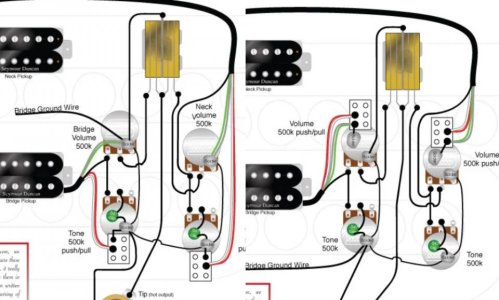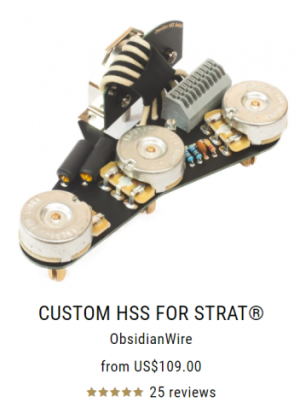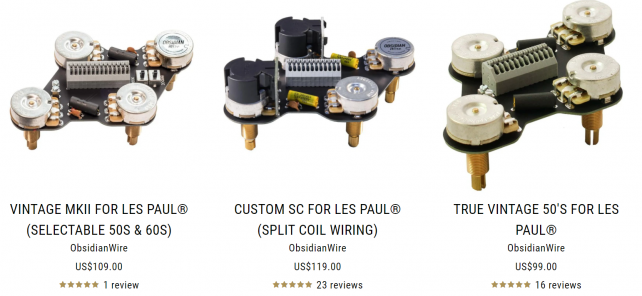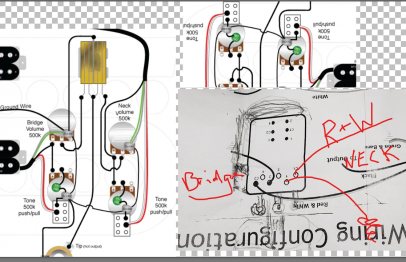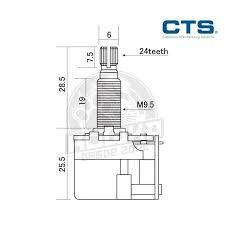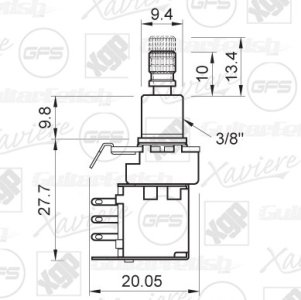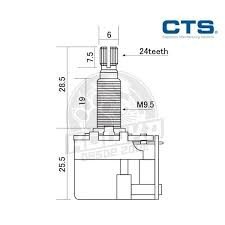About to install a Jazz/neck and a JB in an older Gibson I have ('79 "The Paul" Walnut).
Quick question...
Beside the obvious locations of which pots you'd pull to split the pickup... is there any difference using the push-pull pots on the volume or tone pots. I was thinking they'd go on the tone pots ... there being 2 diagrams on the site placing them in either location has me wondering.?
Quick question...
Beside the obvious locations of which pots you'd pull to split the pickup... is there any difference using the push-pull pots on the volume or tone pots. I was thinking they'd go on the tone pots ... there being 2 diagrams on the site placing them in either location has me wondering.?

